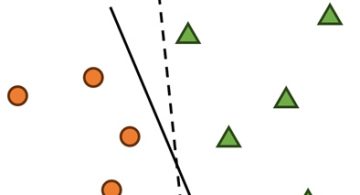開発
Project Management Part II
martin
Spiral Model
In the year 1986 Barry W. Boehm developed this software development process (described in : Barry W. Boehm: A Spiral Model of Software Development and Enhancement. In: IEEE Computer. Vol. 21, Ausg. 5, Mai 1988, S. 61-72).
This process is an advancement of the waterfall model and belongs to iteratives or incremental processes. This means you develop a product step by step and every step is reviewed by your client. Basically you perform every waterfall model-step in a spiral model-step. The step size can be six months till two years long.

(2) You check your found alternatives and find, estimate and reduce risks through analysis, simulation and prototyping for example
(3) You develop and verify your ‘step prduct’
(4) You plan your next step of the project
The estimation of risks is the main aspect of this model compared with earlier ones. You try to find and solve the biggest risks. If this is not possible than you shouldn’t start the project or end it.
You get closer to the final release while performing the steps even the goals or requirements change during the development process. According to Boehm the risk that big software projects will fail are reduced with this process model.
The main advantages are that you can react on goal or requirement changes in the next step and that your estimations of costs and schedule get more realistic as work progresses.
The main disadvantages are that this process model is risk driven. Therefore it requires knowledgeable staff. The other disadvantage is that this is suitable only for large scale software development.
 2025/12/12
2025/12/12 2024/12/06
2024/12/06 2024/09/13
2024/09/13 2024/05/17
2024/05/17 2024/05/10
2024/05/10 2024/01/05
2024/01/05 2023/08/18
2023/08/18 2023/07/14
2023/07/14